The Louvre, located in the busy 1st arrondissement of Paris, right next to the scenic river Seine, is Paris' number one tourist attraction and the world's most visited museum. The museum is known for its splendid architecture, its massive area contains many famous works of art, such as the painting Mona Lisa by artist Leornado da Vinci and the statue of Venus, Venus de Milo. .
The Louvre Museum is located on the grounds of the Louvre Castle, which was originally a fortress built under King Philippe Auguste in 1190. In 1546, King Francis rebuilt the fortress into a royal palace, and gradually expanded through the ages. When the French court decided to move to Versailles in 1682, the Louvre was used as a display for the royal art collection and as the headquarters for fine arts academies.
On August 10, 1793 during the French Revolution, this place officially became the Louvre museum.
The museum currently holds more than 380,000 artifacts and displays 35,000 works of art. The Louvre has a total of 8 main exhibition areas with an area of over 60,600m2, covering the long-standing cultures of the East and the West:
- Near East : exhibits art and artifacts from the early Near Eastern civilization, before the arrival of Islam in the region. The exhibition area is divided into three geographical regions: Levant, Mesopotamia (Iraq) and Persia (Iran).
- Ancient Egypt : The Louvre's collection of Egyptian artifacts is considered one of the largest in the world, containing more than 50,000 artifacts of the Nile civilization dating from 4,000 BC to the present. 4th century AD.
- Ancient Greece, Rome and Etruscan : This volume gallery focuses on Mediterranean history from the Neolithic Age to the 6th century. It is one of the oldest collections of the Louvre, most of which have been kept by the French royal family since the 16th century.
- Islamic Art : This is the newest exhibit at the museum. Opened in 2003, the collection features 3,000 works from the Arabian peninsula, dating from the 7th to 19th centuries.
- Painting : The most famous section of the Louvre Museum with more than 7,500 works of art. The works are arranged according to geographical elements such as France, Italy, Germany, Flemish, England, Netherlands and Scandinavia.
- Sculpture: Shows pre-1850 non-Greek, Roman and Etruscan sculptures.
- Graphic art: here displays art works that are redrawn on paper. Some examples are pastels, lithographs, and etchings.
- Art Deco : This area displays artifacts such as clocks, carpets, ceramics, floral glasses and assorted jewelry from the Middle Ages to the mid-19th century. Some of the highlights include a crown. coronation of Louis XIV, bronze statues of Nessus and Deianira of Giambologna, and apartments of Napoleon III.
When referring to the Louvre museum, it is impossible not to mention the glass pyramid work located in the middle of the main courtyard (Napoleon courtyard). This is not only a symbol of the museum, but also of the city of Paris.
The pyramid was designed by Chinese-American architect IM Pei, completed in 1988 and opened in 1989. This unique structure is 21.6m high and built entirely of pieces. glass and metal columns. The pyramid consists of 603 pieces of diamond-shaped glass and 70 pieces of triangular glass. The bottom edge of the pyramid is 34m long and the base area of the pyramid is 1,000m2 with sides 34m long.
Currently, the pyramid serves as the main entrance to the museum. Visitors will go inside the pyramid, down to the greeting hall area in the basement area, then through this entrance, up the main hall of the Louvre palace.
The Louvre is the royal palace that has endured for many ages, a symbol of the power and nobility of the elite in ancient France. Historical vicissitudes, unique architecture and iconic works of art for the flourishing of human culture are what make the Louvre museum famous.
 Register
RegisterSign in Travel Agent
Sign in Supplier
Sign in Affiliate
Sign in Guru

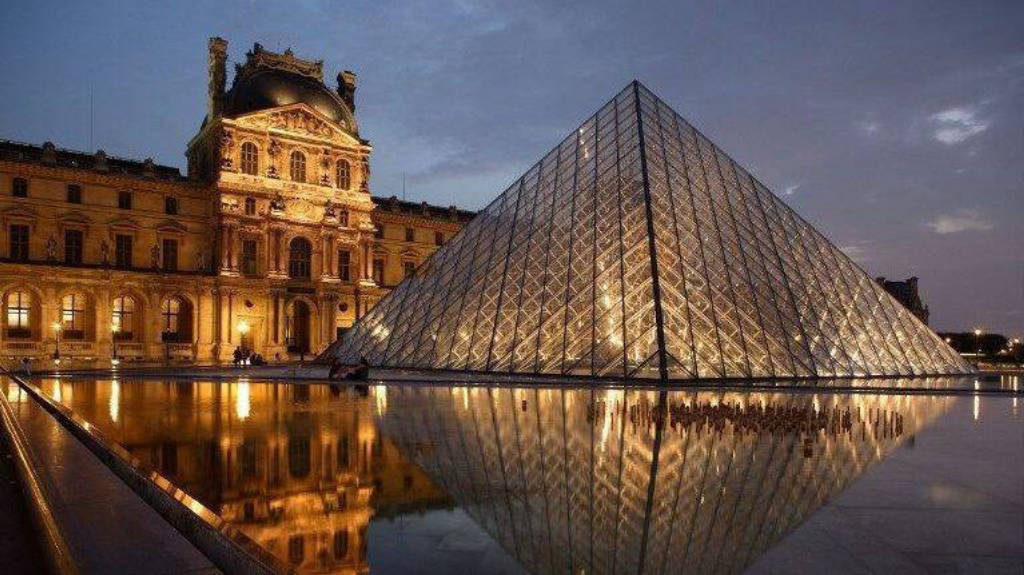
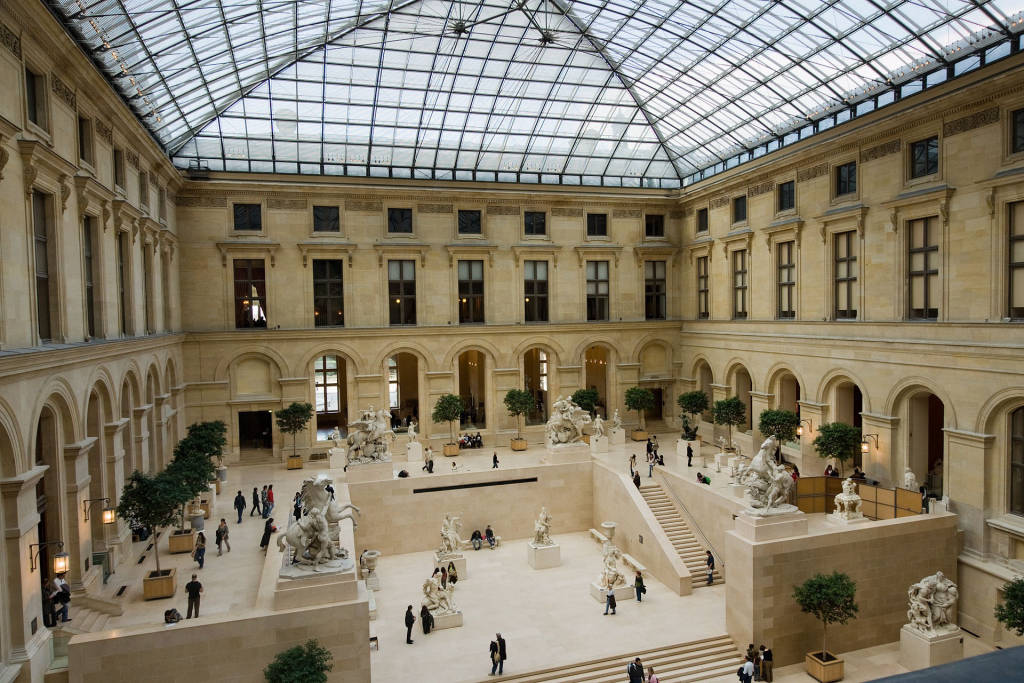
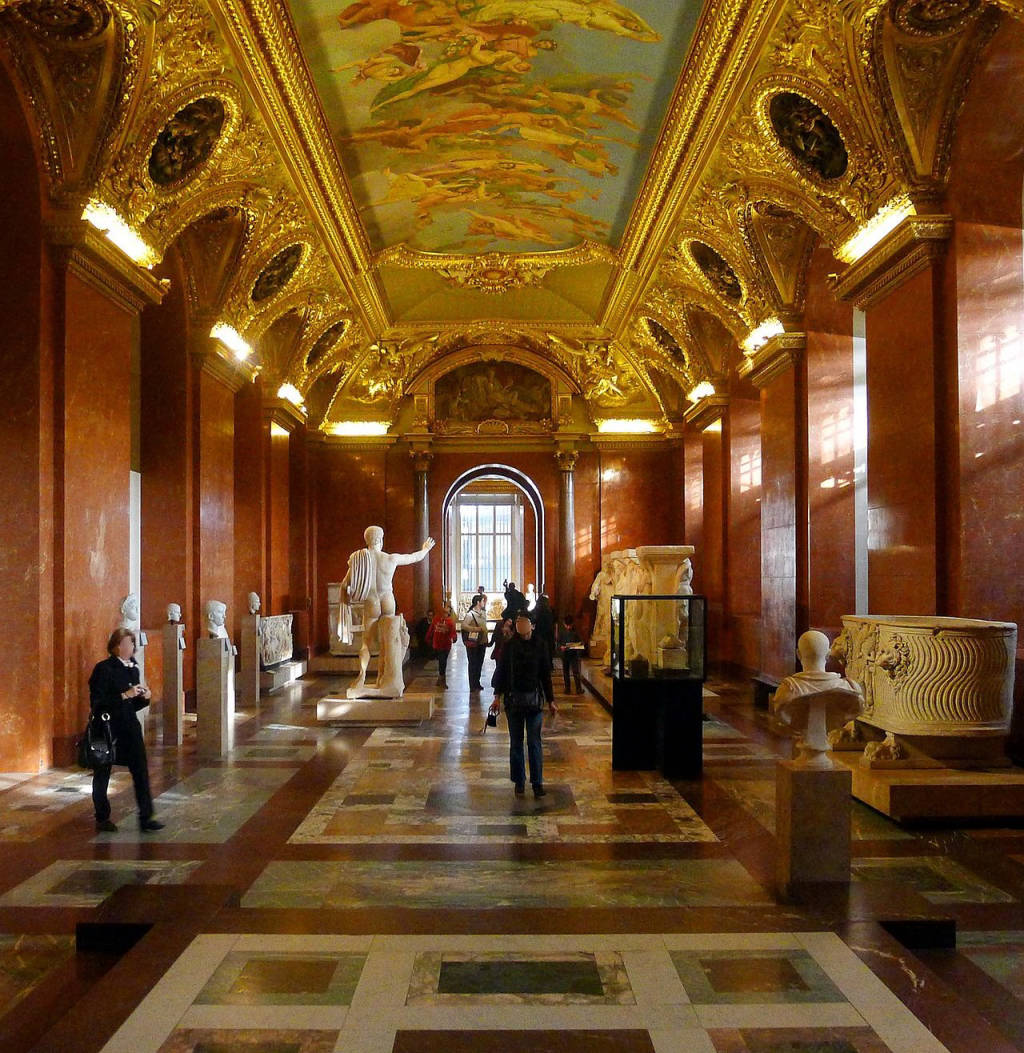
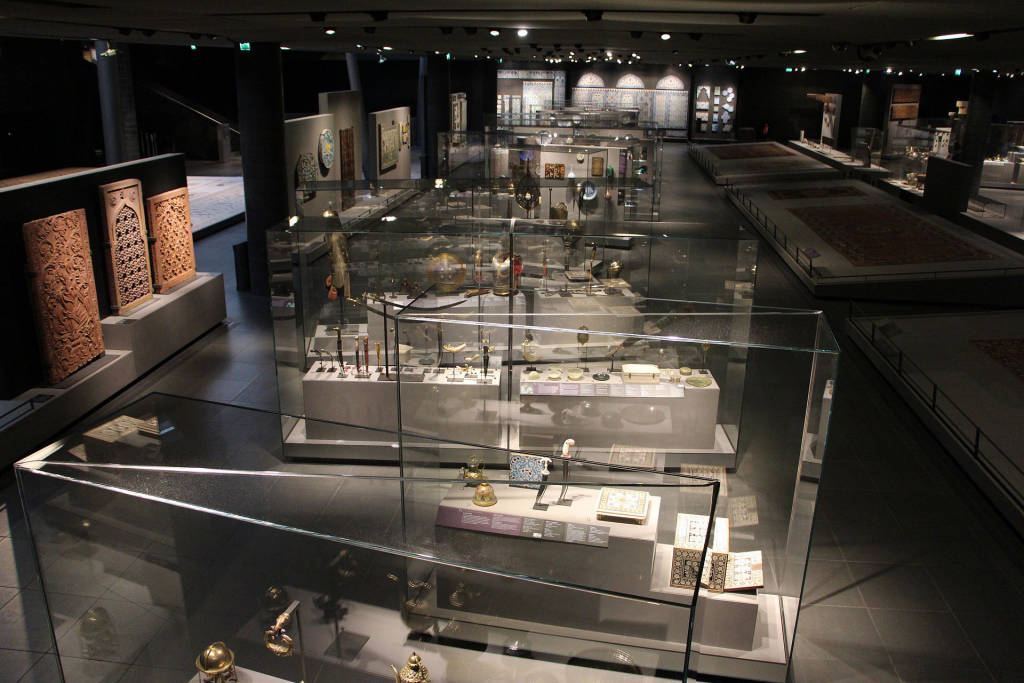
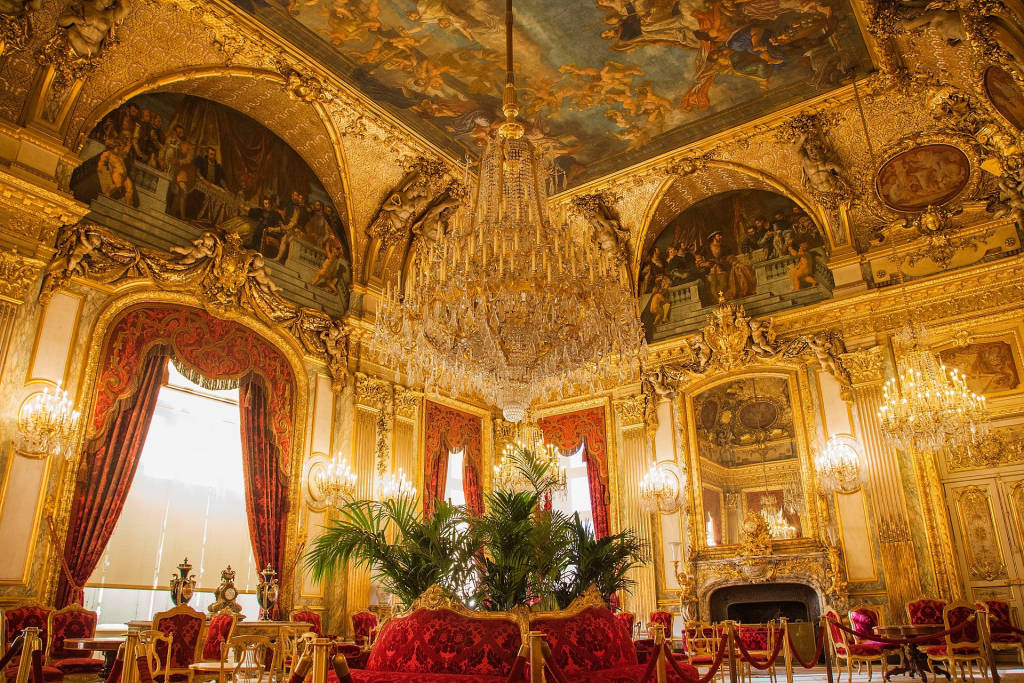





 Rue de Rivoli, 75001 Paris, France
Rue de Rivoli, 75001 Paris, France